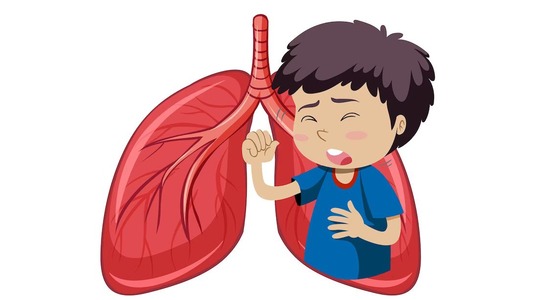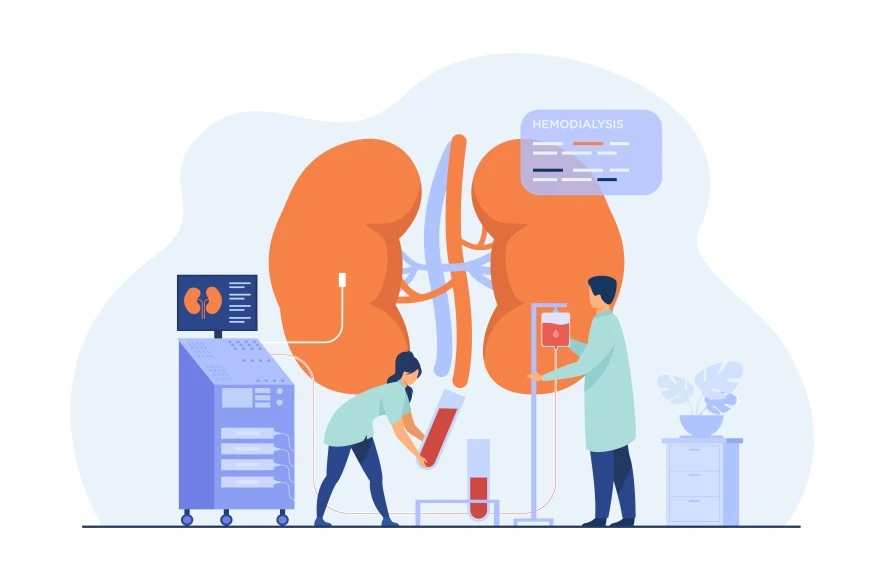Preventive Healthcare
Tuberculin Test: Normal Range, Procedure and Results

Table of Contents
The Tuberculin test is also known as the Mantoux test, tuberculosis skin test, and PPD test. It is used to detect any latent tuberculosis infection. Tuberculin is a purified protein derivative made from tuberculosis-causing bacteria. It is injected into the forearm of the patient. The patient's skin reaction after 48-72 hours is used to diagnose TB infection.
In most cases, an asymptomatic TB infection can later on result in an active infection. Hence, timely monitoring and detection through this test are suggested. It is preferred for children under 5 years.
What is Tuberculin?
Tuberculin is a purified protein derivative of tuberculosis-causing bacteria. It is used to test for infections in animals and humans using a hypodermic needle. The way the body reacts to tuberculin determines if one has any latent or asymptomatic tuberculosis in the body. Earlier, it was also used as a form of treatment option for those infected with tuberculosis.
Prevalence of TB Infection
The National TB Prevalence Survey of India in 2019-2021 found the prevalence of TB in 312 per 100,000 population. As many as 5 lakh individuals from across the country participated in the survey, the first of its kind in more than five decades. The World Health Organisation estimated the incidence of TB to be 188 per 100,000 population in 2020.
Complications of Tuberculosis
Some of the complications of tuberculosis include:
- Pain in the Spine: There will be pain in the back and stiffness in some cases.
- Damage to Joints: Tuberculous arthritis affects the hips and knees.
- Meningitis: There will be swelling of the membranes that cover the brain. This can cause recurring headaches and certain mental changes.
- Problems in the Liver or Kidney: If tuberculosis affects the liver and kidneys, it impairs the functions of filtering the body's waste and impurities.
- Disorders of the Heart: In some rare cases, tuberculosis can infect the tissues that surround the heart, causing inflammation and collection of fluids that blocks the heart's ability to pump effectively. This condition can be very fatal.
Purpose of Tuberculin Test
If you have the following signs/symptoms, you can get the tuberculin test done:
- Persistent cough lasting 3 weeks or longer
- Fever
- Night sweats
- Weight loss
- Fatigue or tiredness
- Contact with a TB-infected person
- Chest pain
- Blood in cough sputum
Procedure of Tuberculin Test
The tuberculin test requires at least two visits to the doctor. On the first visit, the tuberculin is injected into the skin and on the second visit, the doctor diagnoses the test results.
- The tuberculin test is done by injecting a small amount of fluid containing the tuberculin into the lower part of the arm.
- The patient must return within the first 48-72 hours for the doctor to take a look at any skin reaction that may have occurred.
- The results of the test depend on the amount of swelling in the arm in which the tuberculin was injected.
Preparation for Tuberculin Test
There is no particular preparation required for the tuberculin test. You must inform the doctor of any underlying medical conditions, medicines taken, and any allergies you may be having. This is so that the doctor can make adequate provisions to prevent any serious reactions from the tuberculin test.
Results and Interpretation of Tuberculin Test
The results of the test can be determined after 48-72 hours of getting the tuberculin injected into the arm. The presence of a rash indicates a "positive" skin test. A positive skin test indicates the person's body was infected with TB bacteria. There need to be additional tests to know if the person has a latent or active TB infection.
If there is no rash in the arm where the tuberculin test was done, this indicates there was no reaction to the injected tuberculin. This means that there is no latent or active TB infection in the body.
The results of the tuberculin test are interpreted in terms of the extent or length of the rash on the arm. If there is no induration (palpable, raised, hardened area), the result is recorded as "0 mm" and it indicates that you have not been exposed to TB.
If there has been a reaction to the TB bacteria, the level of induration is recorded as either 5 mm, 10 mm, or 15 mm. It is considered positive depending on the individual's risk factors. This indicates that the person has been exposed to TB bacteria.
In certain cases, it can so happen that the tuberculin test returns a false positive, i.e., confirming an infection when in reality, it is not present. This can happen in cases of adults who have recently taken the BCG vaccine. The BCG vaccine is not so effective in adults. This vaccine is still in use in newborns to prevent infection by tuberculosis. For the adult population, many other tuberculosis vaccines are under research and development currently all over the world. As it is said, prevention is better than cure. Once the infection spreads to the chest, it can become kind of difficult to treat.
What Other Tests are Conducted Along The Tuberculin Test?
Some of the tests that are suggested along with the tuberculin test are as follows:
- X - Ray Chest PA View
- Fine needle aspiration cytology (FNAC)
- HRCT CHEST - Plain
- HRCT Thorax
- CECT Whole Abdomen
- Electrocardiography
- Electrocardiogram
- Pulmonary Function Tests (PFT)
- USG Whole Abdomen
- Ultrasound Whole Abdomen/ Sonography Whole Abdomen
- CECT Chest
- CECT Thorax
- Semen Analysis
- USG TVS
- Endovaginal Scan
The tuberculin test is performed as a screening test, especially for those with a latent infection of tuberculosis. If you come in contact with someone having a TB infection, you are suggested to get the tuberculin test done. This test can confirm whether you have a latent or active TB infection. Accordingly, the treatment can be done to prevent it from developing into a full-blown infectious disease which can be fatal in some cases.





































